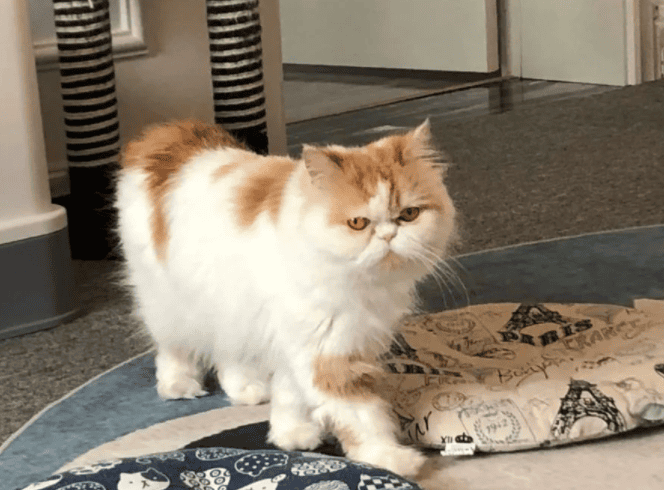The end of cat ownership has triggered profound thinking, so what about chronic cat-harming behaviors? It’s a distressing topic, but confronting it is vital to raising awareness of pet care and promoting animal welfare.

1. Manifestations of chronic cat harming behavior
Chronic cat harming behavior may take many forms, including: Not limited to neglect of basic care needs (such as food, clean water, adequate shelter), lack of necessary medical attention, emotional neglect, and physical abuse or rough treatment. These behaviors may be intentional or they may be due to ignorance or negligence on the part of the cat owner.
2. Reasons behind it
There are many reasons for chronic cat harming behavior, including but not limited to lack of understanding of cats’ needs, disregard for animal welfare, personal psychology or Emotional issues, financial difficulties, and even the impact of cultural and social factors. In many cases, these actions are not motivated by malice but rather by a lack of education and awareness.
3. Impact on cats
Chronic cat-harming behaviors have a serious impact on cats’ physical and mental health. Physical injury or illness can cause your cat to experience long-term suffering or even die early. Emotional neglect can lead to anxiety, depression and behavioral problems, which can seriously reduce their quality of life. Cats that are continually abused may develop a deep distrust of people, which affects their relationships with humans and makes it difficult for them to be adopted or adjust to a new home.
4. Impact on owners
Although when discussing chronic cat harming behavior, we usually focus on the impact on the animal itself, this behavior also has a negative impact on the owner himself . Psychological research shows that animal cruelty is linked to human mental health problems, including mood disorders and violent behavior. Additionally, individuals deemed by society to be cruel to animals may face legal consequences, social ostracism, and feelings of guilt, which can further impact the individual's mental health.

5. Prevention and solution measures
To solve chronic cat-harming behaviors, we first need to raise public awareness of animal welfare. . Through education and awareness campaigns, people can learn about cats’ basic needs and how to care for them responsibly. Additionally, providing resources for animal care and behavior management, establishing animal protection laws and institutions, and providing mental health and financial support services are important steps.
For cat harmful behaviors that have already occurred, affected cats should be helped to recover through appropriate medical care, rehabilitation services, and finding new loving families. At the same time, for perpetrators, providing education, consultation and necessary legal intervention is also the key to solving the problem.
Chronic cat harming behavior is a complex social problem, which involves many aspects such as animal welfare, public education and social systems. By working collectively, we can reduce the occurrence of this behavior and protect the welfare of cats, while also promoting the overall health and harmony of society. Caring for animals is not only respect for them, but also a sign of our progress as a human society. Let us work together to create a more kind and loving world for all life.

 扫一扫微信交流
扫一扫微信交流
发布评论